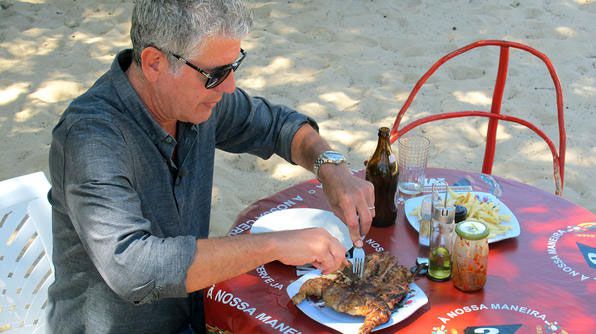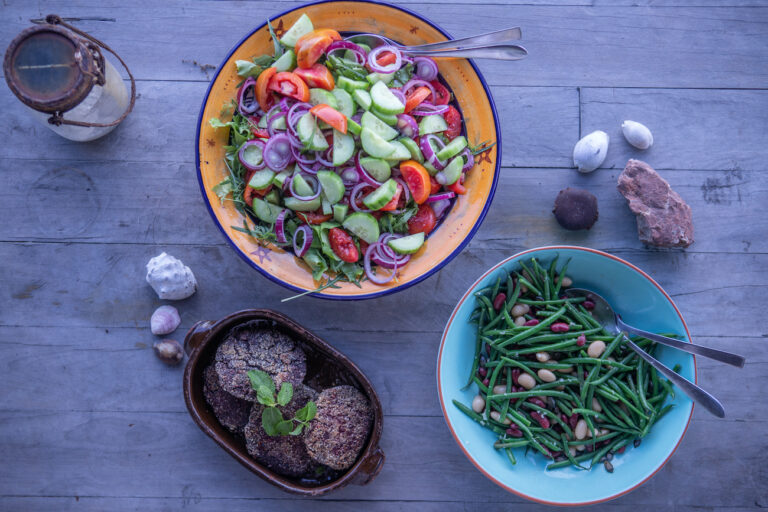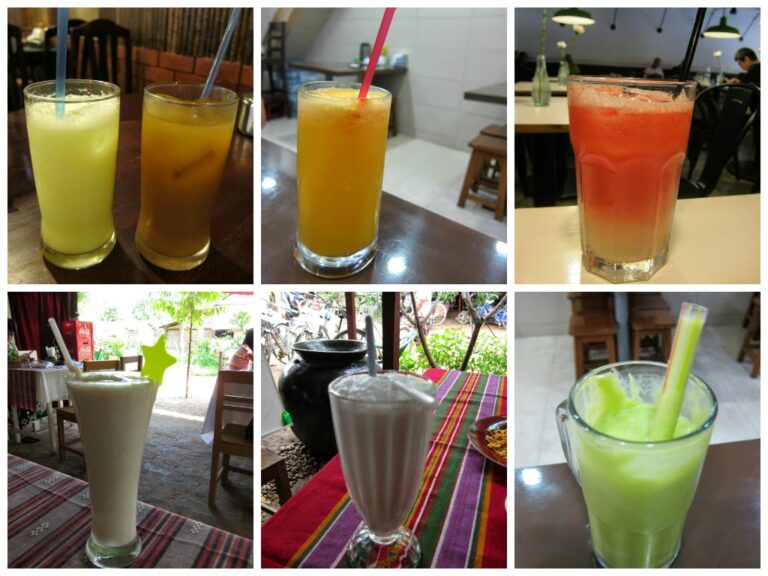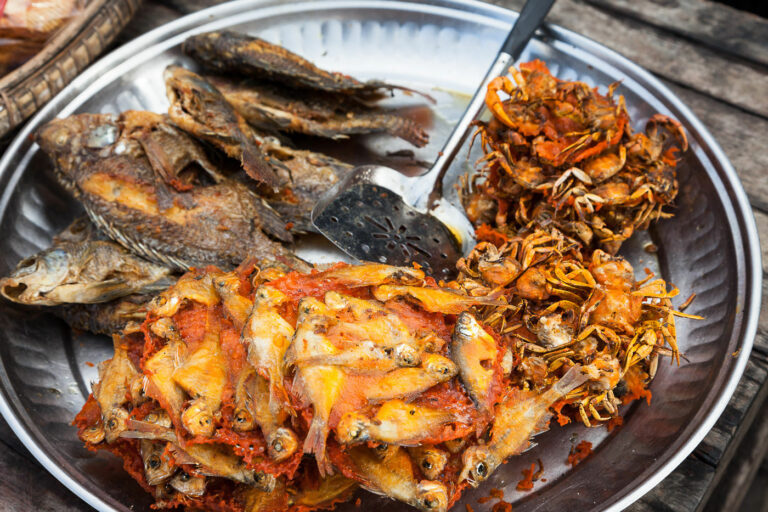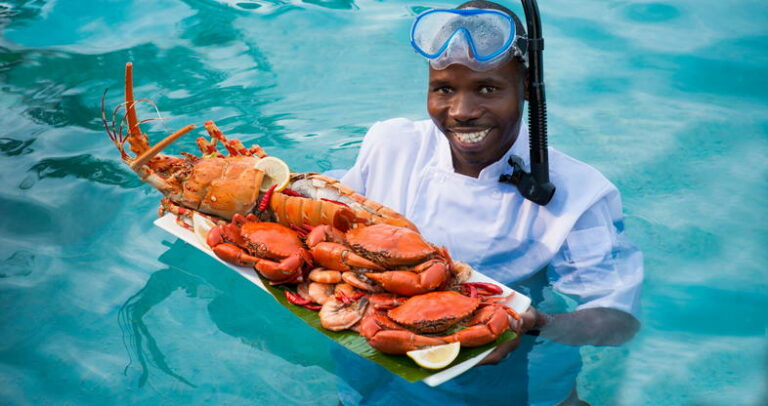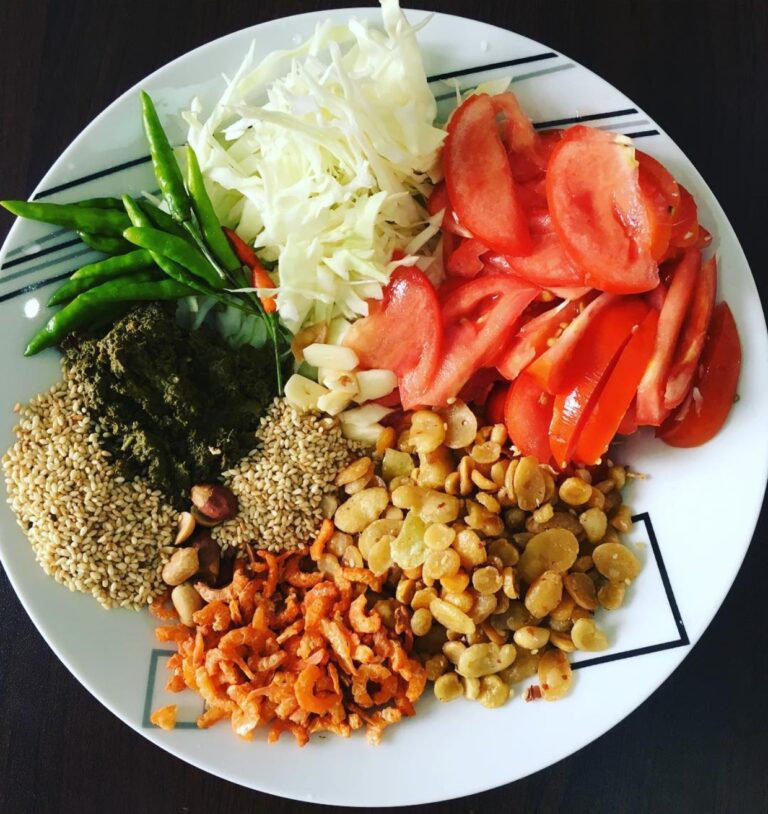Introduction: British Desserts and Sweet Treats
When it comes to British cuisine, many people think of savory dishes like fish and chips or bangers and mash. However, the UK also has a rich tradition of delicious desserts and sweet treats. From classic puddings and cakes to modern innovations, there’s something for everyone when it comes to British desserts.
Traditional British Desserts: Puddings and Cakes
When it comes to traditional British desserts, some of the most well-known are puddings and cakes. Sticky toffee pudding, spotted dick, and treacle tart are just a few examples of classic British puddings. These sweet, stodgy desserts are usually served warm with a dollop of custard or cream. On the cake side of things, you can find treats like Victoria sponge, fruit cake, and the iconic English tea cake, the Jaffa cake. These cakes are often topped with icing or served with a side of jam and cream.
British Sweet Treats: Biscuits and Sweets
While puddings and cakes might be the most well-known British sweet treats, there are also plenty of biscuits and sweets to enjoy. Digestive biscuits, shortbread, and Jammie Dodgers are just a few examples of the tasty biscuits you can find in the UK. As for sweets, there are classics like Cadbury Dairy Milk chocolate and Rowntree’s Fruit Pastilles, as well as more unique treats like Edinburgh Rock and Kendal Mint Cake.
Modern British Desserts: Innovations and Trends
While traditional British desserts are still popular, there’s also been an explosion of innovation and creativity in the world of British sweets. You can find everything from cronuts (a croissant-doughnut hybrid) to millionaire’s shortbread (shortbread layered with caramel and chocolate) in UK bakeries and cafes. There’s also been a trend towards using unusual flavor combinations, like salted caramel in brownies or lavender in ice cream.
Regional Variations: Desserts from Different Parts of the UK
Like many cuisines, British desserts also have regional variations. For example, in Scotland, you can find treats like cranachan (a dessert made with cream, whisky, oats, and raspberries) and tablet (a type of fudge made with condensed milk). In Wales, there’s bara brith (a fruit loaf) and Welsh cakes (a type of griddle cake). And in the north of England, you can find treats like parkin (a type of gingerbread) and Eccles cakes (small, flaky pastries filled with currants).
Conclusion: British Desserts and Sweet Treats for Everyone!
Whether you’re a fan of traditional British desserts or more modern innovations, there’s something for everyone when it comes to sweet treats in the UK. From sticky puddings and classic cakes to biscuits and sweets, British desserts are sure to satisfy your sweet tooth. So next time you’re in the UK, make sure to sample some of these delicious treats!


